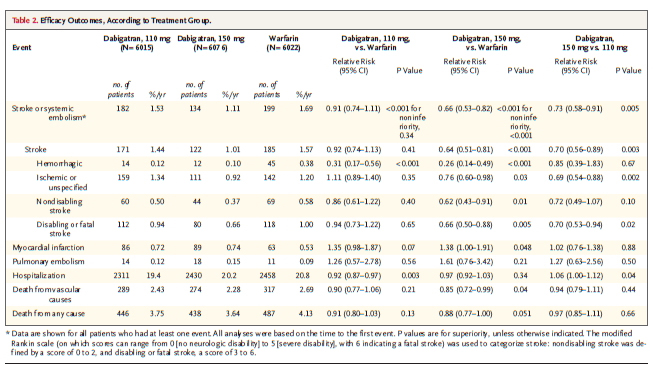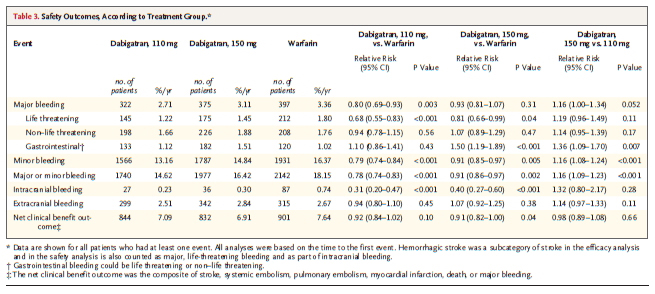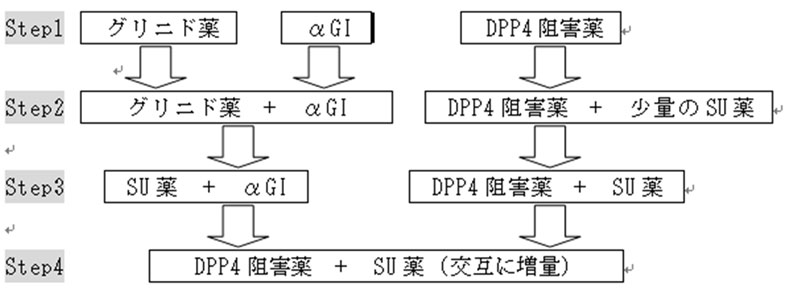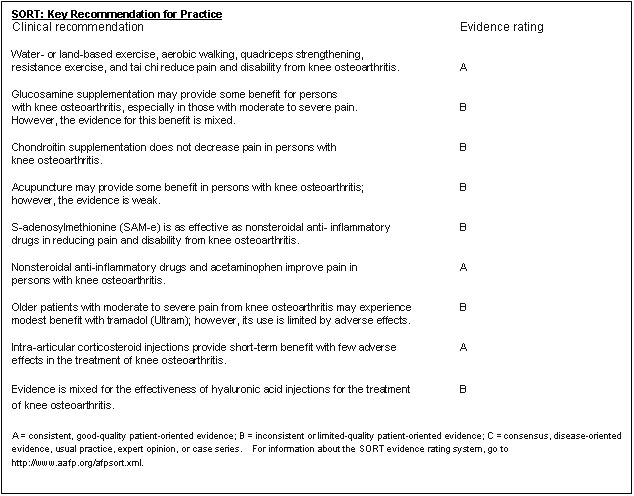【文献名】
Memantine Treatment in Patients With Moderate to Severe Alzheimer Disease Already Receiving Donepezil A Randomized Controlled Trial JAMA 2004 Jan 21;Vol291,No.3:317-324
【要約】
<Context>
Memantine is a low- to moderate-affinity, uncompetitive N-methyl-Daspartate receptor antagonist. Controlled trials have demonstrated the safety and efficacy of memantine monotherapy for patients with moderate to severe Alzheimer disease(AD) but no controlled trials of memantine in patients receiving a cholinesterase inhibitor have been performed.
Objective To compare the efficacy and safety of memantine vs placebo in patients with moderate to severe AD already receiving stable treatment with donepezil.
<Design, Setting, and Participants>
A randomized, double-blind, placebo controlled clinical trial of 404 patients with moderate to severe AD and Mini-Mental State Examination scores of 5 to 14, who received stable doses of donepezil, conducted at 37 US sites between June 11, 2001, and June 3, 2002. A total of 322 patients (80%) completed the trial.
<Interventions>
Participants were randomized to receive memantine (starting dose 5 mg/d, increased to 20 mg/d, n=203) or placebo (n=201) for 24 weeks.
<Main Outcome Measures>
Change from baseline on the Severe Impairment Battery (SIB), a measure of cognition, and on a modified 19-item AD Cooperative Study? Activities of Daily Living Inventory (ADCS-ADL19). Secondary outcomes included a Clinician’s Interview-Based Impression of Change Plus Caregiver Input (CIBIC-Plus), the Neuropsychiatric Inventory, and the Behavioral Rating Scale for Geriatric Patients (BGP Care Dependency Subscale).
<Results>
The change in total mean (SE) scores favored memantine vs placebo treatment for SIB (possible score range, 0-100), 0.9 (0.67) vs ?2.5 (0.69), respectively (P_.001); ADCS-ADL19 (possible score range, 0-54), ?2.0 (0.50) vs ?3.4 (0.51), respectively (P=.03); and the CIBIC-Plus (possible score range, 1-7), 4.41 (0.074) vs 4.66 (0.075), respectively (P=.03). All other secondary measures showed significant benefits of memantine treatment. Treatment discontinuations because of adverse events for memantine vs placebo were 15 (7.4%) vs 25 (12.4%), respectively.
<Conclusions>
In patients with moderate to severe AD receiving stable doses of donepezil, memantine resulted in significantly better outcomes than placebo on measures of cognition, activities of daily living, global outcome, and behavior and was well tolerated. These results, together with previous studies, suggest that memantine represents a new approach for the treatment of patients with moderate to severe AD.
【開催日】
2011年8月24日








